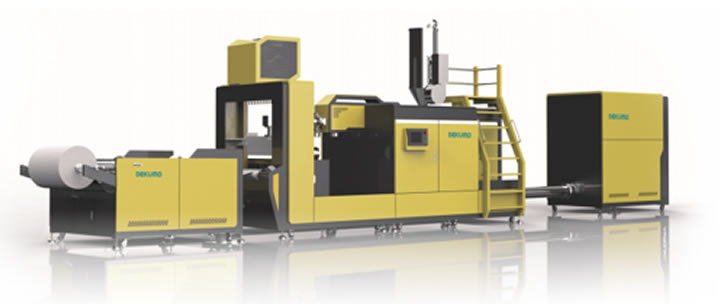The outbreak of COVID-19 has severely affected our lives. Even though about half a year has passed, the epidemic has not entirely subsided. People still need to wear masks outside as the first line of defense.
Masks are generally made of melt blown nonwoven fabric, nose bridge bar, and face mask belt by strict standards. Masks are mainly used to block harmful gases, odors, droplets, viruses and other substances. As the core material of mask, melt blown nonwoven fabric plays a key role in blocking these substances. In fact, there are various standards for masks, so through this article, we aim to introduce some of them briefly.
The European Union, the United States, and China all have their standards for masks. First of all, CE certification is an essential requirement for masks in the EU market. The standard for protective masks in the EU divides masks into FFP1, FFP2, and FFP3. Their filtration efficiencies for particulate matter are 80%, 94%, and 99%, respectively. It requires 95L/Min airflow when testing.
The US mask standard for masks as known as NIOSH, can be denoted by letters and numbers. Letters indicate the type of particulate matter the mask is intended to prevent. The letter N means “not resistant to oil,” qualified to protect against non-oily suspended particles. R and P are both refer to masks that protect against non-oily and oily particles. The difference lies that the P series lasts longer than the R series.

The number also represents the minimum filtration efficiency for particulate matter. For instance, a common standard marked N95 means that the filtration efficiency for non-oily particles can reach more than 95%.
Besides, China also has five existing mask standards. All of the masks sold on the domestic market should conform to at least one standard. Among these standards, GB19083-2010 and GB2626-2006 are the most rigid ones. They require covers to filter particles with an efficiency of at least 95 percent under the flow rate of 85L/Min.
Like the US standard, Chinese masks also target two types of particulate matter, oily and non-oily. GB19083-2010 only applies to non-oily particulate matter. And the two series of GB2626-2006, KN, and KP, refer to non-oily and oily particles, respectively.
In most cases, FFP2, N95, and KN95 are considered to be masks of the same grade under different standards. Generally, we use particles with a diameter of 0.3μm for testing because it is one of the most difficult particles to be caught by the mask’s filter material. As a result, if a cover is efficient at filtering out particles at this diameter, there is no need to test other particles.
The other two standards in China start with YY, standing for “medical” in Chinese. Their requirements for particulate filtration are much lower. Masks are eligible as long as the filtration efficiency is above 30%.
The last standard, GB/T 32610-2016, is considered the most special because it focuses more on PM2.5 air pollution. It is classified according to the severity of air pollution in terms of A, B, C, and D.
From the information above, we can conclude that no matter which regional standards have strict requirements for masks’ performance. So what is the most vital part of a cover to ensure outstanding performance? The answer is the melt blown nonwoven fabric we just mentioned, which is the mask’s core material.
The reason why pp melt blown is as crucial as the heart of a mask is that its fibers can reach a diameter of 0.5 to 10μm. The unique structure of the ultrafine fiber contributes to the air filtration of the melt blown fabric.

In addition, the quality of the melt blown fabric is mostly dependent on the machine. Therefore, if you are looking for a prominent melt blown fabric machine, you can take Dekuma into consideration.
The filtration rate of melt blown fabric produced by Dekuma‘s machine can reach PFE99+ for non-oily particles, and that for oily particles can achieve FFP2 and FFP3 grade. Their machines ensure high precision as well as stability with German technology. Found in 2004, Dekuma’s years of professional machining experience are trustworthy.
